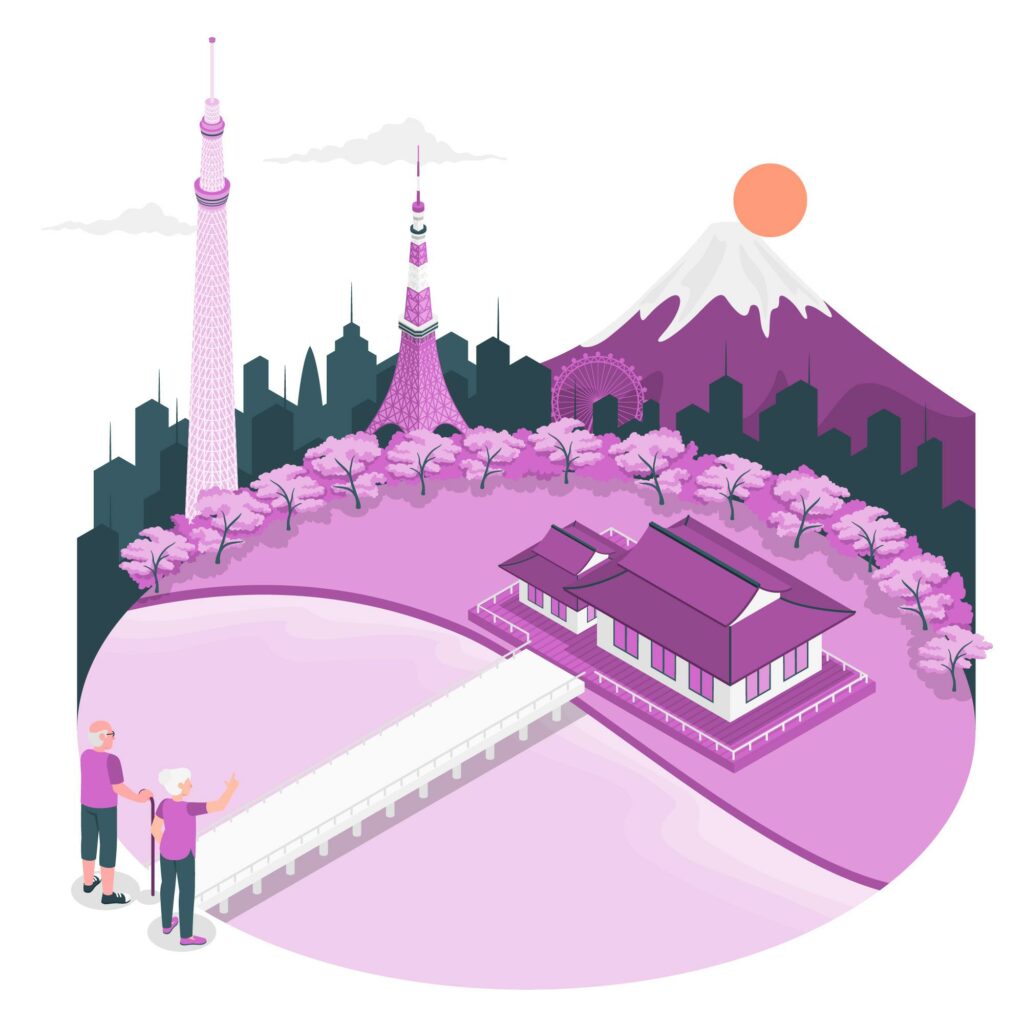Food is an important element of Japanese society. The Land of the Rising Sun is no exception to rapidly growing cities and the problems this trend entails. Urban agriculture is a potential means in increasing self-sufficiency in a country which is highly dependent on imports for its food.

Finding space in Tokyo
In Japanese culture, it is strongly believed that what is visibly produced is safer for health. Japanese people are very attentive to their health and their longevity attests to this.
In a densely populated city like Tokyo, the challenge was sourcing the few remaining spaces available. City Farm, an urban farm, has been created on the roof of a skyscraper in a modern district.
How City Farm works
For about 8,000 yens a month (about €65), Tokyoites who want to grow vegetables can hire a plot of several square meters and manage their plot themselves.
City Farm has existed for over five years now. It employs two full-time workers and another eight people regularly come to help.
Every year, organic radishes, carrots, sweet potatoes, melons, and watermelons are produced on the roof of this skyscraper. Around 300kg of rice is also produced at this sky-high farm.
Clear benefits
This type of urban farming has many plus points:
- City Farm is based on the same values as those of communal gardens: create an interesting opportunity to develop social ties, and organise educational workshops on ecology and the environment.
- They allow the residents of major cities to reconnect with the land and nature by growing quality products.
- And from an ecological point of view, green rooftops are known for reducing overheating effects by reducing temperatures within cities where the heat can be suffocating in summer.
To go further :
- City Farm concept
- Communal gardens concept
Article updated on 26/10/22
